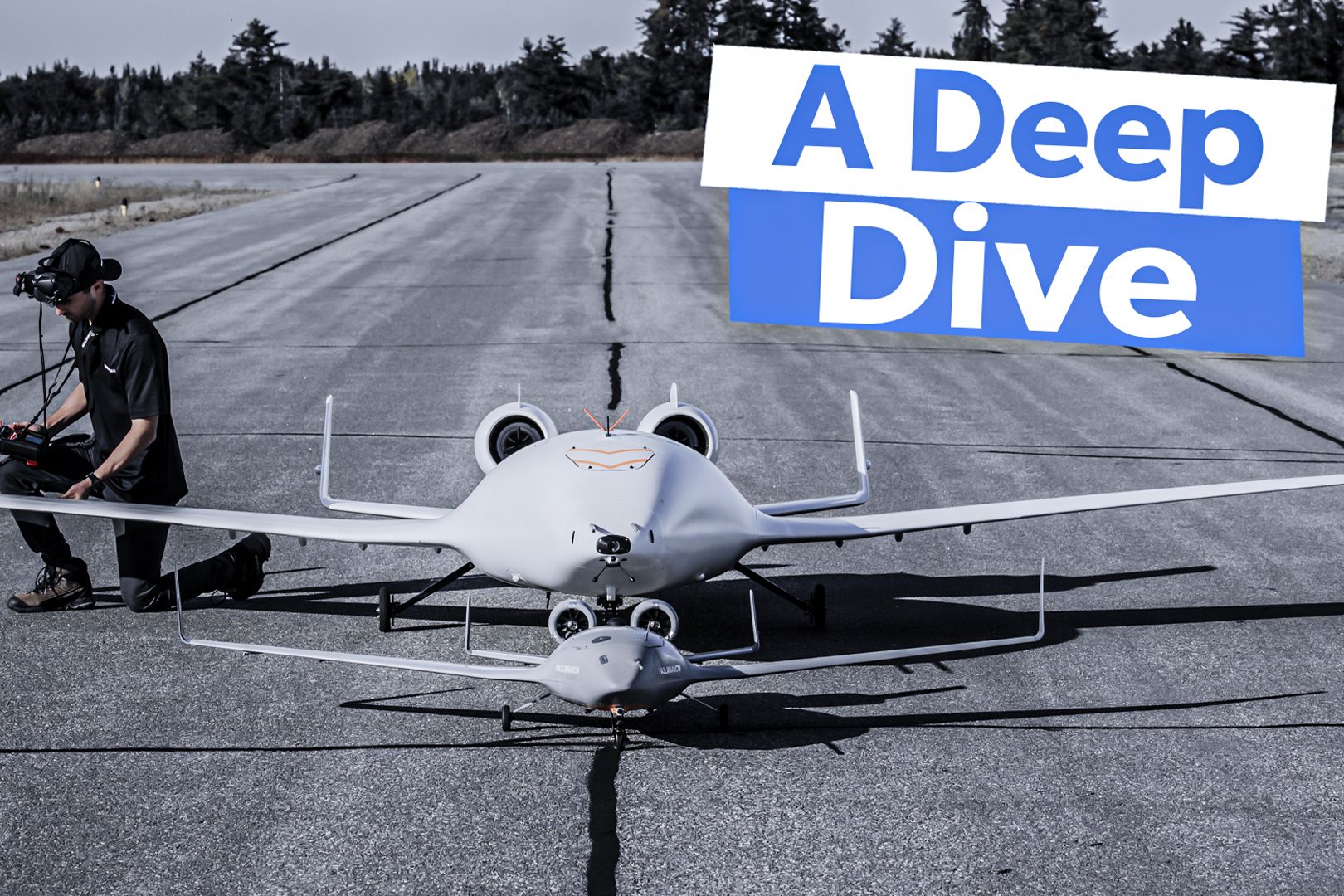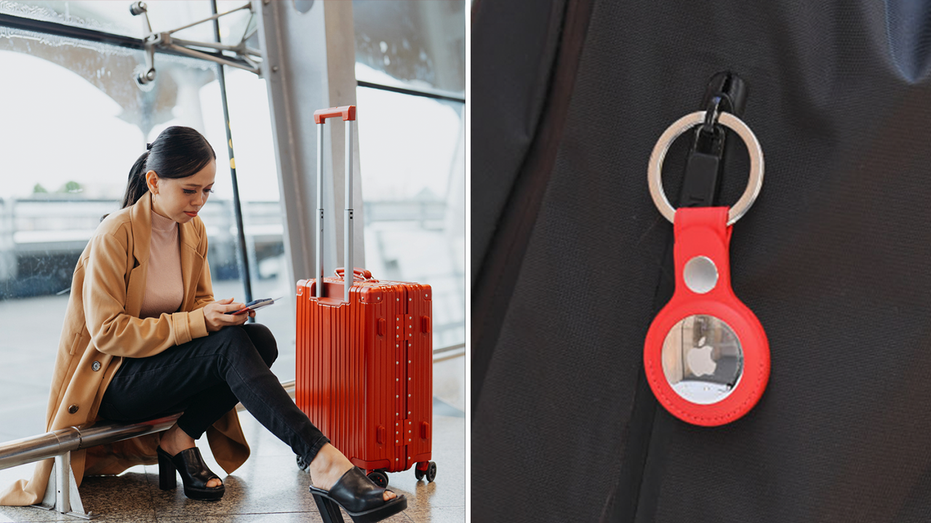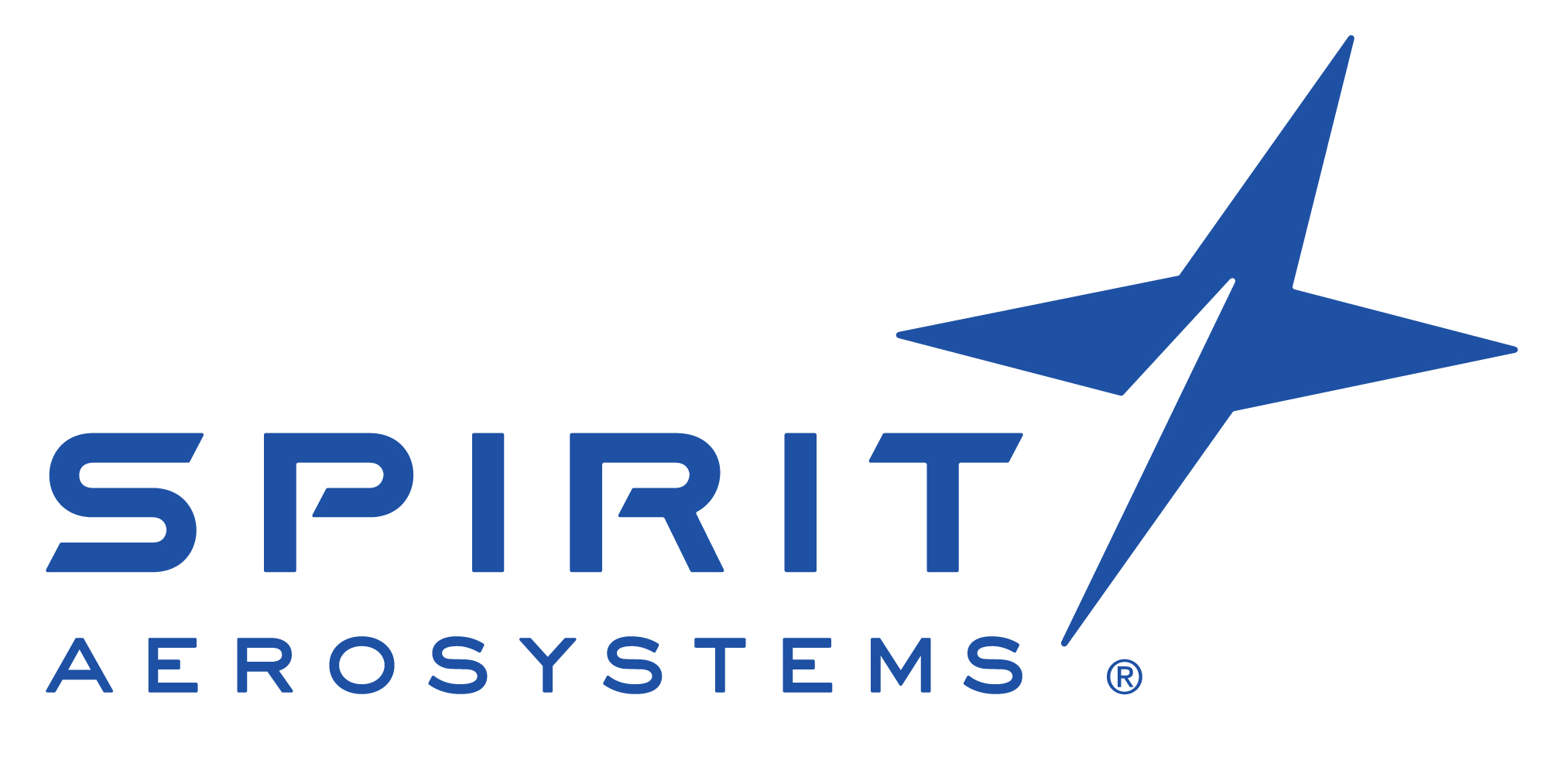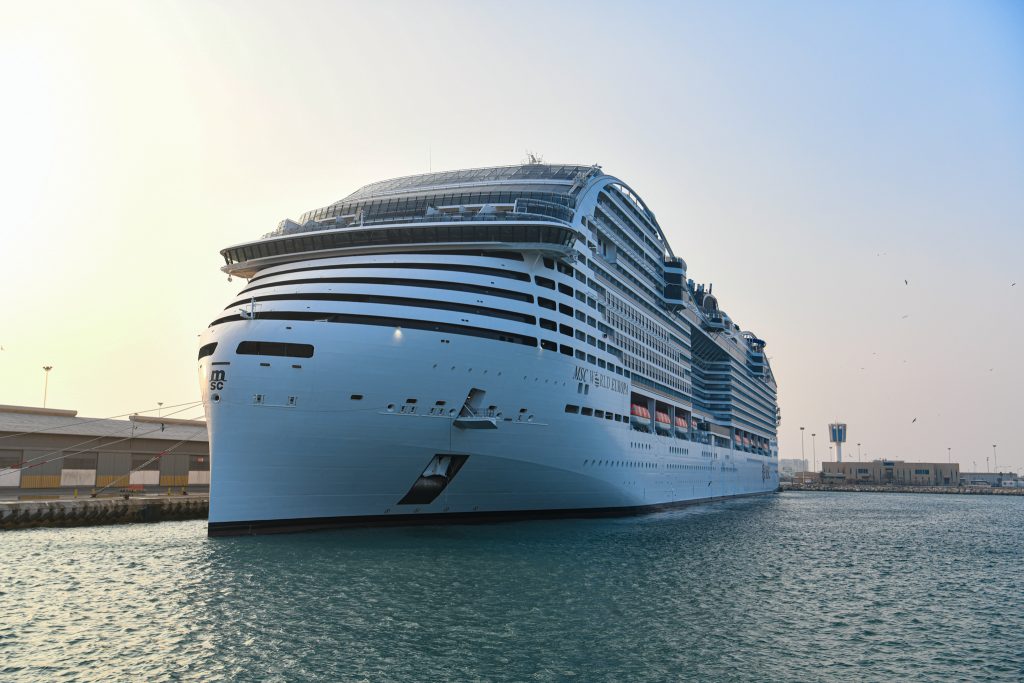Summary Bombardier's EcoJet Research Project aims for sustainable flight design with a Blended Wing Body scaled design at 16%. The company plans to optimize energy efficiency and reduce environmental footprints in business aircraft. Phase two of the EcoJet program leverages data from previous phases and aims for more sustainable aircraft designs.
Bombardier engineers and technicians have been busy performing a series of flight tests on its latest Blended Wing Body (BWB) design. The company aims to find newer ways for sustainable flying, particularly with respect to the structural design of the aircraft. As part of the EcoJet Research Project, the large-scale prototype of the EcoJet is an effort to move away from conventional designs and enable the (blended) fuselage to generate lift.
Bombardier’s EcoJet Research Project Bombardier's partners in the EcoJet Project The University of Victoria’s Centre for Aerospace Research (CfAR) British Columbia’s SME Quaternion Aerospace in Canada (primarily on the scaled test aircraft) The EcoJet Research Project was envisioned in the early 2010s to achieve fuel and energy reduction through a combination of design, aerodynamics, and propulsion technologies. The aircraft features a blended wing design whereby the fuselage section blends with the wings and acts as a secondary lifting surface. Powered by two rear-mounted engines, the aircraft features curved wingtip devices on both the wings as well as on horizontal stabilizers.
The compa.

















